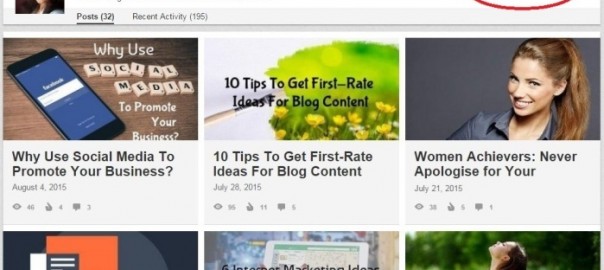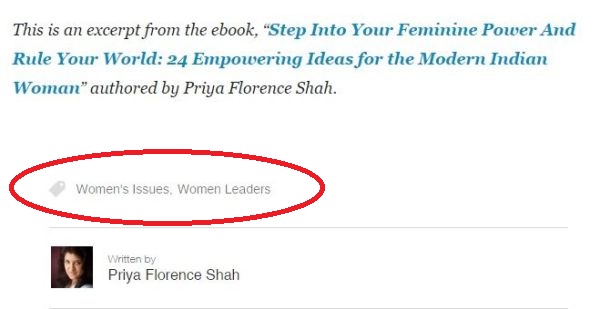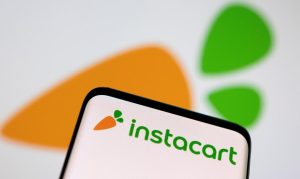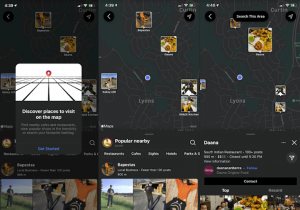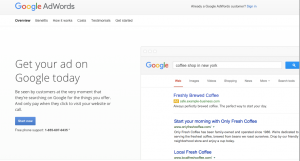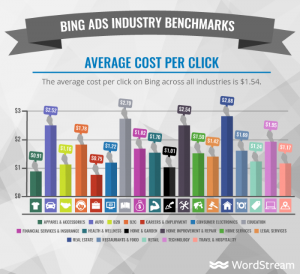Have you wondered how to get your article seen on LinkedIn Pulse?
Would you like to grow your follower base on LinkedIn?
In this article I discuss what I learned about LinkedIn Publishing while growing my followers to over 10,000.
This is not a unique or special achievement. There are many people, like Dustin McKissen and Gregory Ciotti, who have more followers and much more engagement on their posts. But these are the lessons I have learned personally and they may or may not be the same as other people’s experiences.
When LinkedIn enabled long-form publishing on its own site, it offered us another way to reach out to people on its network. Your long-form posts on LinkedIn can help you:
- Become known for your expertise
- Build new connections
- Start conversations in groups
- Build a base of followers (separate from your contacts)
- Syndicate your blog content
With multi-channel publishing and content syndication becoming important content marketing strategies for the future, LinkedIn Publishing is a channel you need to be active on, if you publish any form of content online.
After publishing 32 posts on LinkedIn, I managed to build a base of over 10,000 followers, and I’m not even an influencer. Here are the lessons I’ve learned along the way.
1. Articles about LinkedIn do best on LinkedIn
There’s no mystery to this. When people are browsing LinkedIn, they’re going to be most interested in reading about… you guessed it… LinkedIn. Articles on growing your network, getting more connections, mailing people on Linkedin, are always going to be popular with LinkedIn users.
If you write about LinkedIn, you’re also very likely to be featured on LinkedIn Pulse, and LinkedIn users are more likely to share your article with their network.
This article, 6 Reasons Why I Won’t Add You On LinkedIn, got more views and comments than any of my other articles and also got featured on LinkedIn Pulse.
I’ve also noticed that whenever I wrote an article on Facebook or even on Mark Zuckerberg, it did not get shared on LinkedIn Pulse, even though almost every other article of mine did.
Of course, that doesn’t mean you should start writing exclusively on LinkedIn (unless you’re a LinkedIn expert). After all, many influencers write on generic topics, like success, entrepreneurship and business, and their articles do very well. This is just something I observed by nosing around in my LinkedIn Publisher statistics.
2. Not every post will be a winner
Again, this is no mystery. Not every post of yours will appeal to the average LinkedIn reader, or even to your network. Also, while people visit Facebook to read the news, they do not use LinkedIn for the same purpose. Most people use LinkedIn for serious networking.
According to PCMag, people who use LinkedIn are usually looking to: find a job/clients, hire or partner with new people, keep tabs on their business acquaintances, and network.
If they have the time, they will browse their newsfeed and LinkedIn Pulse. People also do not login to LinkedIn as often as they login to Facebook and Twitter.
3. Post about your industry
I have noticed that whenever I post about my industry (social media marketing or blogging), more people read, comment on and share my posts. Posts that I write on other topics don’t do as well.
According to the source here, the two biggest reasons professionals access content on LinkedIn is to “keep up with industry news” and “discover new ideas within the industry.” So stick to writing about what you know best – your industry.
4. Be a bit controversial
This article I wrote titled, 6 Reasons Why I Won’t Add You On LinkedIn, was aimed at helping LinkedIn users improve their profiles. But I gave it a controversial title, which is why it got more comments than my other articles (some from people who were less than thrilled with my list).
So if you want your post to be noticed, commented on and shared, it doesn’t hurt to be a little controversial. And when responding to comments, just remember that you don’t have to attend every argument you’re invited to.
5. Link to your website or blog in your post
If you’re spending all that time and effort to write and post a great article on LinkedIn, be sure that it leads them back to your blog or website. Either insert links in the body of the article (the best way) or in your Call to Action or bio at the end of the article.
After all, the purpose of becoming known for your expertise is that readers will ultimately click through and visit your website, where they can get to know you and your business better. If you’re an author posting an excerpt, you’ll want to link back to your author website or, better yet, the book you’re quoting from.
See how LinkedIn influencer, Jeff Hayden, does it in his author bio here.
6. Use the right keywords in your tags
When you post an article on LinkedIn, you’re offered the option to enter a couple of tags at the bottom. This is very important as LinkedIn sorts articles into different channels, and the right tags can make all the difference in getting better visibility or none at all.
7. Write short post headlines
The optimal length for headlines on blogs is 6 words or 55 characters. Only the first 3 and last 3 words of a headline tend to be read, and if your LinkedIn post headlines are too long, they might get truncated and lose their effectiveness.
As of this writing, the longest headline I saw on LinkedIn Pulse was “Killing Over-Communication: An Internal Memo from Asana’s Founders,” which is well over 60 characters, and the thumbnails accompanying the headline had vanished.
But even if LinkedIn keeps changing its rules, the rules of writing good copy won’t change. So, as a rule, stick to short headlines below 55 to 60 characters.
8. Grow your LinkedIn network
The bigger your network, the more people will be exposed to your LinkedIn posts. Your LinkedIn Followers can exceed your LinkedIn Contacts, as mine do. But, I believe that having more 1st level connections is the best way to get found, and also makes it easier to search for and contact the people you really want to connect with.
William Arruda is a personal branding expert who recommends that you “ignore LinkedIn’s advice to only accept connection requests from people you know,” because that doesn’t help you get found.
Since writing that post on the kind of people I won’t add on LinkedIn, I have actually relaxed my own rules a bit. There are very few people I will actively avoid adding on LinkedIn.
9. Share your post
Share the link to your LinkedIn post on all your other social networks – Facebook, Twitter, and any other relevant networks. Also share your post with relevant LinkedIn groups, but don’t spam.
Only share with a group if it is of interest to the members of that group. Participate in LinkedIn group discussions, and like or comment on the posts shared by other members before you share your own post.
10. Notify the LinkedIn Pulse team
This is a very useful tip from Brian Lang. He quotes a post on a LinkedIn group thread that advises writers to tweet your post to the LinkedIn editorial team at @LinkedInPulse.
Tell them why your post is worthy of being featured instead of just using the article title in the tweet. Then add “Tip @LinkedInPulse” at the end of the tweet.
I’m not sure whether this tip actually works to boost the visibility of your article on LinkedIn Pulse, because I only just started using it. But it’s definitely something you can do if your posts haven’t been shown on Pulse yet.
I hope you’ve enjoyed reading these lessons I’ve learned about how LinkedIn builds your publishing presence. If you have any of your own to share, please post them in the comments below.
If you liked this post, please click below to share it on Twitter.
(176)
